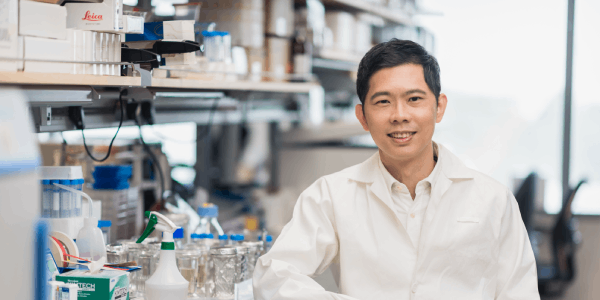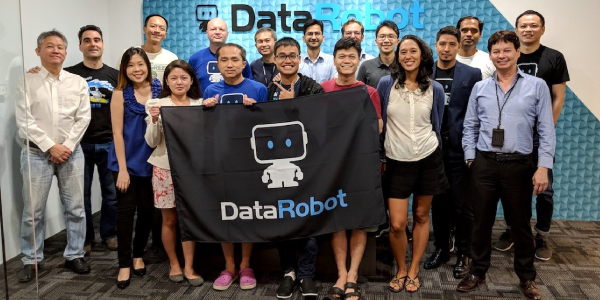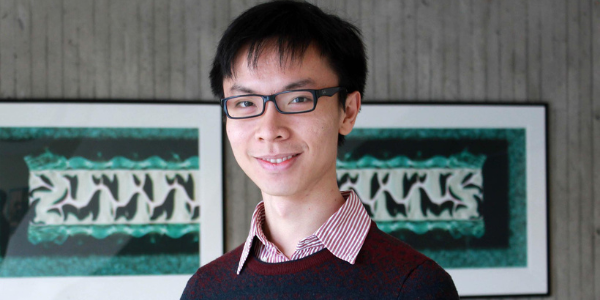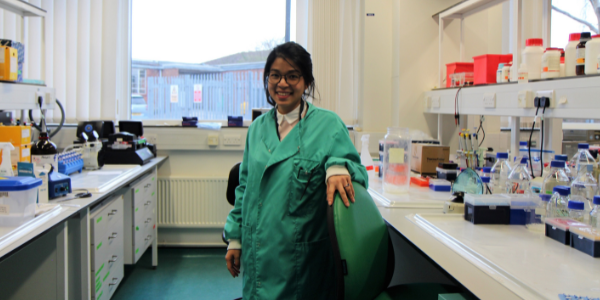A*STAR NEWS
How STEM Scholarships Seed Talent for Singapore
Listen to this article
Prof Andy Hor, Deputy Chief Executive (Research), A*STAR
A*STAR recently commemorated two decades of nurturing scholars, with over 1,200 graduated from our local universities and top universities in the world, the likes of Harvard, Yale, Oxford, Cambridge, MIT and Caltech. It is probably one of the largest and most established national scholarship schemes in the world.
My international peers often ask with envy: isn't this expensive to sustain over two decades? My reply is equally direct: if this is costly, try doing without it, and count the national cost when your youth loses hope.
Covid-19 showed the importance of science and technology in disease prevention and control. Climate change science revealed starkly the impact of global warming on rising sea levels and extreme weather patterns. Around the world, countries see the value of mobilising science, technology and innovation for economic growth and a higher quality of life.
Yet misconceptions abound about STEM as a profession, such as – “basic science has little to do with everyday life”; “STEM is only about working in laboratories and publishing papers with no room for creativity”; or “you can only pursue the field of STEM that you studied.”
Basic science, the building block of innovation
Imagine trying to invent a vaccine without understanding how it works, or developing electric cars without good electrodes or electrolytes, or tackling climate change without understanding the science of carbon dioxide or hydrogen.
If there was no basic science, there would be nothing to translate or apply. Basic science creates new knowledge and technology, without which there would be no lasers, Internet, mobile phones, air conditioners, COVID-19 vaccines and test kits, chemotherapy drugs, medical imaging, and the list goes on.
We will always need scientists who can invent the next generation of vaccines, or robots that can think through machine learning and artificial intelligence; quantum scientists who can develop new computers that are a hundred times faster than the current supercomputers, or digital tools to help manage high-quality healthcare at lower costs.
One scholarship, multiple pathways
Today many homegrown scientists, who were developed through A*STAR’s suite of scholarship schemes, are in positions that cover the spectrum of public policy, planning, coordination and execution of a range of national priorities, from food security to transport operations, healthcare management, smart city, to charting for carbon neutrality by 2050.
This is critical for a small nation like Singapore—the best way to compete with the rest of the world is to take a One Singapore approach. This allows us to leverage the entire system to meet the needs of different microsystems. After all, science has no boundaries and scientists are at their creative best when and where their strengths and interest meet their missions and aspirations.
Let me give you some examples.
- They advance the next generation of mRNA technology. Dr Wan Yue, from the Genome Institute of Singapore (GIS), studies the functions of RNA in cellular systems and is the only Singapore scientist awarded the prestigious Wellcome Leap grant to explore this area of research.
- They invent technologies to improve wound healing. Dr Su Xinyi, an ophthalmologist at the National University Hospital (NUH) and a senior principal investigator in the Institute of Molecular & Cell Biology (IMCB), together with fellow scholar Dr Loh Xian Jun, who heads the Institute of Materials Research & Engineering (IMRE), developed a hydrogel to help the recovery from retinal detachment repair surgery.
- They develop life-cycle engineering to help businesses pursue a more sustainable future. Dr Jonathan Low of the Singapore Institute of Manufacturing Technology (SIMTech) analyses the “greenness” of production processes (from meat to chemicals) through life cycle engineering.
- They plan Singapore’s future. Dr Marvin Lee at the National Research Foundation (NRF) is a planner and strategist on various Smart Nation initiatives.
- They are industry professionals. Dr Shawn Tan, a product manager at Danone, is leading an educational hub aimed at training healthcare professionals with the latest medical and scientific knowledge on nutrition.
- They are entrepreneurs. Dr Ling Ka Yi co-founded Shiok Meats as the world's first cultivated crustacean meat company, is making seafood from cells.
- They further next generation technologies. Professor Loh Huanqian, an NRF Fellow at the National University of Singapore, leads a research group in quantum simulation using an array of optical tweezers.
Many of these scientists are A*STAR scholars who chose to advance their research careers in A*STAR or the institutes of higher learning. But many also join the private sector on management, business and technical tracks. Some opt to contribute further to public sector planning or operations, and others take a leap of faith in starting their businesses that show their scientific instinct and entrepreneurial spirit.
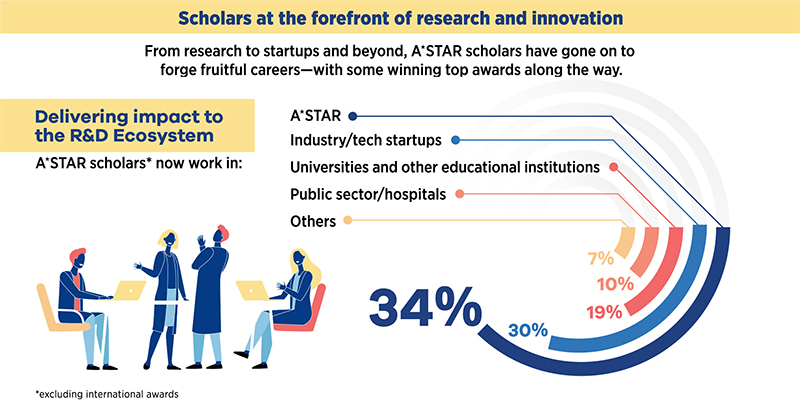
Economic demands of science and scientists
Science fascinates many young people because it is inherently inquisitive. Pursuing science is like an expedition into the unknown—it may lead you nowhere, but more often than not, it opens a door to new adventures.
The deep capabilities we have built in science and technology are also intended to benefit industry – through project collaborations, technology licensing, IP sharing, joint laboratories, consortium programmes, staff secondment, share of tech expertise, consultancy and more. These are integral to the public-private partnership we have grown over time.
As a result, today many multinational companies invest in Singapore because we have the expertise they need to support their manufacturing plants or R&D laboratories. Our small and medium enterprises (SMEs) need technologies and the scientific capabilities to create and manufacture products, innovate processes or offer high-quality services to keep them afloat. SMEs today make up of 99% of our enterprises and 71% of the jobs. The ambitious enterprises will enter the global market through innovation and expand their operations locally and globally.
To achieve more for Singapore, we will always need a ready pool of local top scientific talent, who will create powerful synergies with international talent that we continue to seek. As Prime Minister Lee said at this year’s National Day Rally, we must not stop seeking out top talent who can contribute to our Singapore Story.
Advanced economies like the USA, UK, Switzerland, France and Germany have also realised the power of knowledge exchange and diffusion as an economic lesson from science, and adopted similar approaches of building up deep local talent pools and opening their doors to international talent. Australia, China, Ireland, Japan and Korea are doing likewise.
The education and scholarship system in Singapore is the envy of the world. To stay ahead in the next chapter, we need to continue building our talent pool and work with the world's best and finest. Not only will they be able to solve today’s challenges, they will define tomorrow’s challenges and help us strengthen a knowledge based and innovation driven economy.
Was This Article Helpful ?
A*STAR celebrates International Women's Day

From groundbreaking discoveries to cutting-edge research, our researchers are empowering the next generation of female science, technology, engineering and mathematics (STEM) leaders.
Get inspired by our #WomeninSTEM

